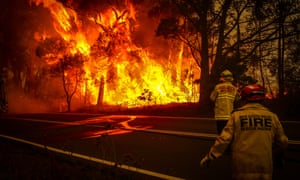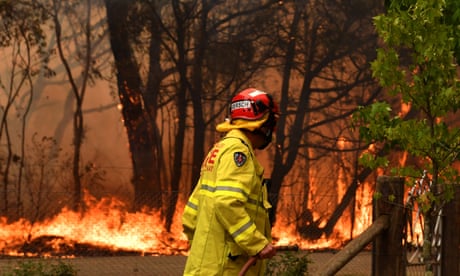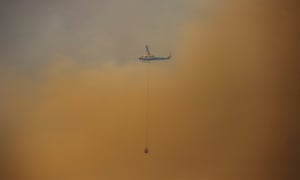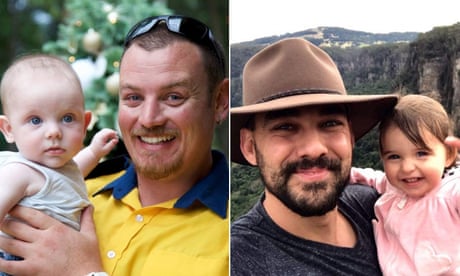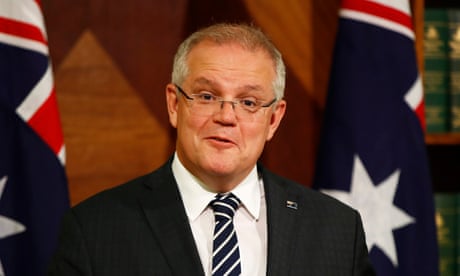Alberta's oil and gas 'war room' changing logo following complaints it copied U.S. data company
In a statement, the CEC said it is taking steps to replace the logo, which was produced by marketing agency Lead & Anchor.

STRAIGHT OUT OF THE BARN FOR THE LAUNCH OF THE UCP BIG OIL WAR ROOM AGAINST THE GREEN MOVEMENT
Oh oh. The UCP "brains trust" appears to have been rather lazy as it went about choosing its logo. Will the company from whom they pinched the logo sue them? And will the legal response and any required payouts come from the $30 million budget of the "Canadian Energy Centre" or from general revenues, the latter meaning additional ripoff of taxpayers to pay for a scam outfit to "pay off the boys of the UCP" while trying to intimidate dissidents?
SEE https://plawiuk.blogspot.com/search?q=MINTZ
THE WAR PLANNERS WHO CAN'T SHOOT STRAIGHT
Your tax dollars are being wasted on a PR campaign aimed squarely at the egoes and desperation of Albertans who are terrified that the gradual unwinding of the fossil fuel industries will leave them destitute or at least much poorer. That money should be part of some version of a Green New Deal that will be imposed on Albertans whatever their beliefs of climate change.
A hint here: the rest of the world believes the climate scientists, not mediocre former Postmedia journalists hired by the UCP to change the subject from the impacts of fossil fuels to fabrications and irrelevancies about who has the cleanest oil, Alberta or Saudi Arabia, and which has a less ethical government. The idea that spending $30 million on yet another greenwash Alberta campaign--remember the useless $25 million equivalent which also involved Tom Olsen during the Stelmach years--makes any impact on world opinion or even opinion in Canada is ludicrous.
Olsen was a scab during the Calgary Herald strike in 1999-2000. Blogger David Climenhaga who walked the Herald picket line and was among the large group of journalists whom Conrad Black fired for such worker insolence, wrote this past October about Olsen's involvement in a major blooper in that Stelmach campaign:
"During his tenure as Stelmach's PR flack, Olsen was stuck with the difficult job of explaining how a photo of children frolicking on an English beach managed to find its way into a $25-million Alberta branding campaign launched by the Progressive Conservative government in 2009.
"The beach at Bamburgh, Northumberland, was featured in online advertising and a video about Alberta. Northumberland Tourism was delighted.
"There's no attempt to make people think that this is Alberta," Olsen huffed to The Globe and Mail. "That picture just fit the mood and tone of what we were trying to do."
The "war" planning of this government is so inept and contradictory that it reminds one of the old British movie, "The Mouse that Roared" about a small, one-industry nation that declares war on the United States in the hopes of being defeated and receiving foreign aid. In that case, everything works out so well that world peace is established, a rather unlikely consequence of the antics of our UCP slapstick crew.The ‘War Room’ finally launches: $30-million and all we got was this lousy website? - Alberta Politics
The mighty voice of Alberta’s beleaguered oil industry, the long promised and much-touted $30-million “Energy War Room,” stumbled out of the starting gate yesterday after a news conference in Calgary graced by the presence of Premier Jason Kenney and Energy Minister Sonya Savage.

ALBERTAPOLITICS.CA
Your tax dollars are being wasted on a PR campaign aimed squarely at the egoes and desperation of Albertans who are terrified that the gradual unwinding of the fossil fuel industries will leave them destitute or at least much poorer. That money should be part of some version of a Green New Deal that will be imposed on Albertans whatever their beliefs of climate change.
A hint here: the rest of the world believes the climate scientists, not mediocre former Postmedia journalists hired by the UCP to change the subject from the impacts of fossil fuels to fabrications and irrelevancies about who has the cleanest oil, Alberta or Saudi Arabia, and which has a less ethical government. The idea that spending $30 million on yet another greenwash Alberta campaign--remember the useless $25 million equivalent which also involved Tom Olsen during the Stelmach years--makes any impact on world opinion or even opinion in Canada is ludicrous.
Olsen was a scab during the Calgary Herald strike in 1999-2000. Blogger David Climenhaga who walked the Herald picket line and was among the large group of journalists whom Conrad Black fired for such worker insolence, wrote this past October about Olsen's involvement in a major blooper in that Stelmach campaign:
"During his tenure as Stelmach's PR flack, Olsen was stuck with the difficult job of explaining how a photo of children frolicking on an English beach managed to find its way into a $25-million Alberta branding campaign launched by the Progressive Conservative government in 2009.
"The beach at Bamburgh, Northumberland, was featured in online advertising and a video about Alberta. Northumberland Tourism was delighted.
"There's no attempt to make people think that this is Alberta," Olsen huffed to The Globe and Mail. "That picture just fit the mood and tone of what we were trying to do."
The "war" planning of this government is so inept and contradictory that it reminds one of the old British movie, "The Mouse that Roared" about a small, one-industry nation that declares war on the United States in the hopes of being defeated and receiving foreign aid. In that case, everything works out so well that world peace is established, a rather unlikely consequence of the antics of our UCP slapstick crew.The ‘War Room’ finally launches: $30-million and all we got was this lousy website? - Alberta Politics
The mighty voice of Alberta’s beleaguered oil industry, the long promised and much-touted $30-million “Energy War Room,” stumbled out of the starting gate yesterday after a news conference in Calgary graced by the presence of Premier Jason Kenney and Energy Minister Sonya Savage.

ALBERTAPOLITICS.CA










